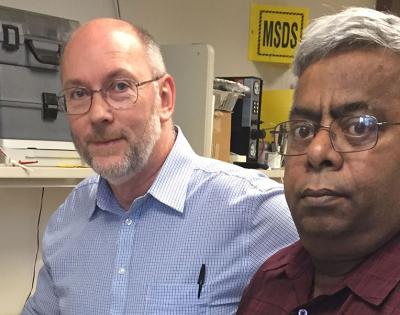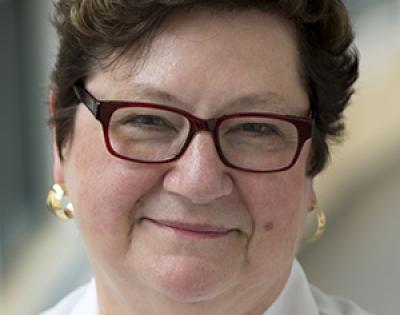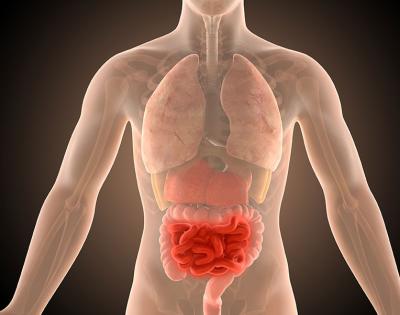Health + Wellness

September 27, 2016
What if eliminating physical pain was a matter of flipping a switch to block it? No drug needed. When it’s time to stop the block, just turn it off. Researchers at Case Western Reserve University hope to eventually treat chronic or acute pain by using energy-based neuromodulation technology. The…

September 23, 2016
As many of you know, as of September 1 our school entered into a new agreement with University Hospitals. While we will continue to partner with UH on educational, research, and community service programs, it will no longer be identified as our school’s primary affiliate. In light of the…
September 20, 2016
A person’s DNA sequence can provide a lot of information about how genes are turned on and off, but new research out of Case Western Reserve University School of Medicine suggests the 3-D structure DNA forms as it crams into cells may provide an additional layer of gene control. As long strands of…
September 20, 2016
A Case Western Reserve University School of Medicine-led team of international researchers has for the first time identified a fungus as a key factor in the development of Crohn’s disease. The researchers also linked a new bacterium to the previous bacteria associated with Crohn’s. The…
September 14, 2016
In a World View opinion column published in Nature, a Case Western Reserve University School of Medicine researcher calls for animal-human embryo research to proceed – but only with strong animal protections in place. So-called “chimera” research raises the hope of producing human organs in…
September 13, 2016
A new scientific study reveals one way to stop proteins from triggering an energy failure inside nerve cells during Huntington’s disease. Huntington’s disease is an inherited genetic disorder caused by mutations in the gene that encodes huntingtin protein. Approximately 30,000 Americans have mutant…
September 08, 2016
Jonathan Karn, PhD, Reinberger Professor of Molecular Biology and chairman of the Department of Molecular Biology and Microbiology at Case Western Reserve University School of Medicine, and director of the Case Center for AIDS Research, has been awarded the 2016 Drexel Prize in Translational…
September 08, 2016
Insoo Hyun, PhD, associate professor of bioethics at the School of Medicine of Case Western Reserve University, has proposed a framework for addressing ethical questions surrounding potentially revolutionary research on part-human, part-animal embryos, which can be produced when human stem cells…

September 06, 2016
Goal: Investigate the role of intestinal innate immunity in Crohn’s disease Fabio Cominelli, a professor in the departments of Medicine and Pathology at Case Western Reserve University School of Medicine and director of the school’s Digestive Health Research Institute, has received a $9.7 million,…

September 06, 2016
Invited commentary by Drs. Paula Silverman and Cheryl Thompson A recent study by Jones et al. in The British Journal of Cancer (BJC)(Jones ME. Br J Cancer. 2016 Aug 23) estimated an almost 3 fold (2.74 times) increase risk of breast cancer among post-menopausal women who used combination estrogen…

